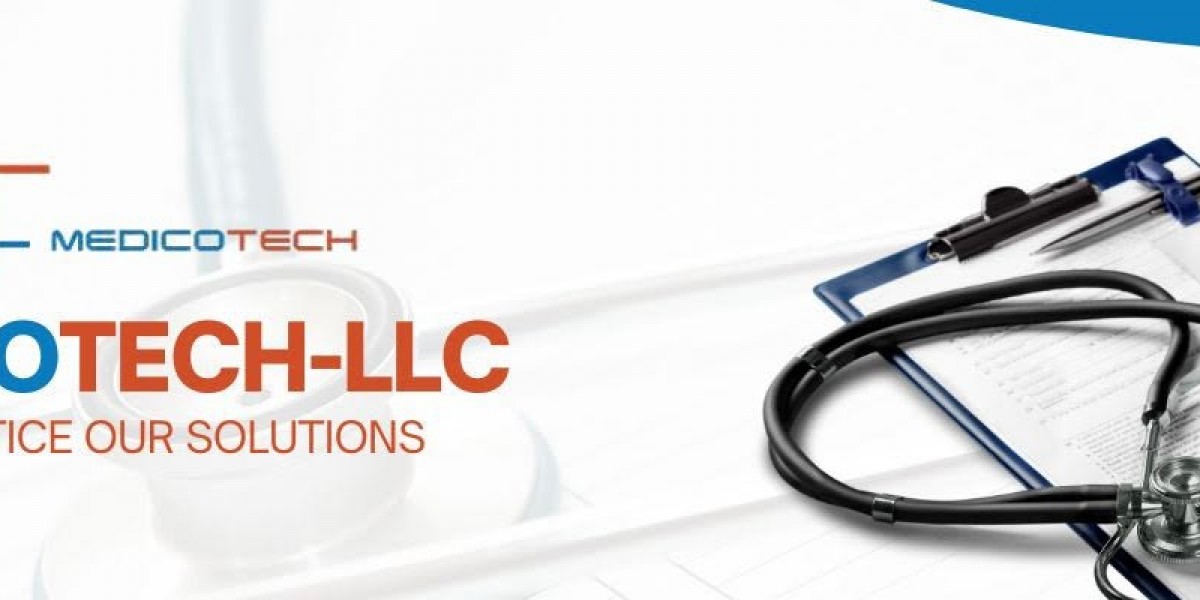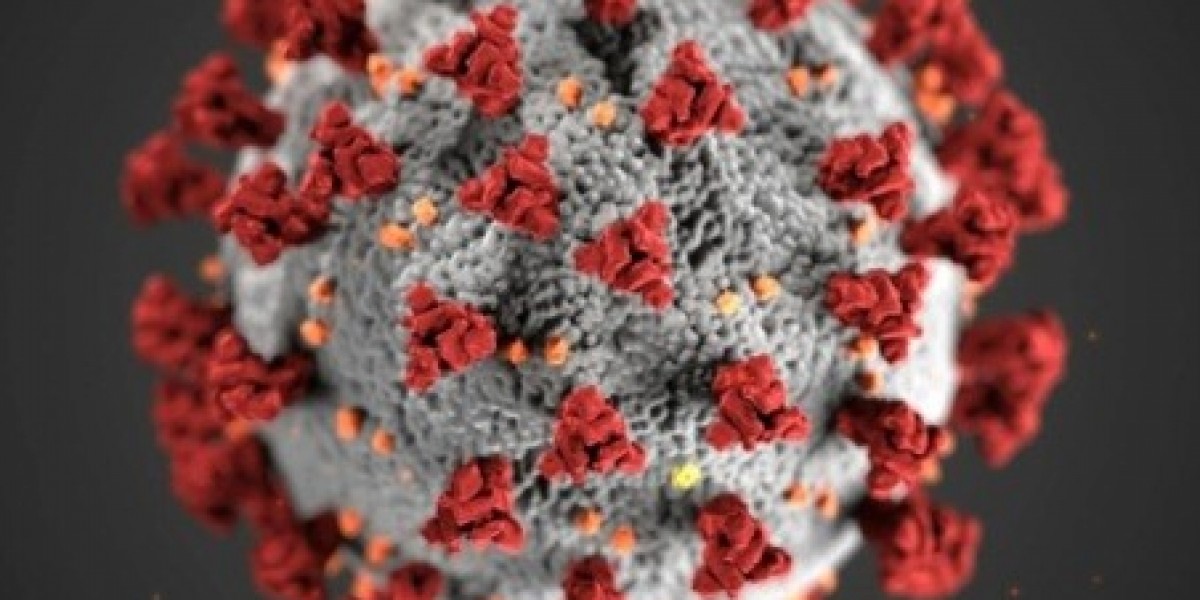In 2025, rare diseases are no longer on the medical periphery—they’re gaining rightful attention. A significant driver behind this shift is the transformative power of plasma protein therapeutics. While the term might sound clinical, its impact is deeply human. For patients living with hemophilia, primary immunodeficiencies, or alpha-1 antitrypsin deficiency, plasma-derived therapies are not just treatments—they're lifelines.
A Life-Saving Resource from Human Generosity
Plasma protein therapies begin with a powerful act of kindness: plasma donation. Unlike whole blood, plasma can be donated more frequently, and its components—albumin, immunoglobulins, clotting factors—are vital for people whose bodies can’t produce them naturally or sufficiently.
Behind every vial of plasma therapy lies a complex, carefully controlled process. Donated plasma undergoes extensive testing, purification, and fractionation to isolate specific therapeutic proteins. The end product must meet the highest safety and quality standards to ensure it can be used safely in vulnerable patients.
Rare Diseases, Real Impact
Despite the term "rare," these conditions collectively affect millions worldwide. One of the most well-known is hemophilia, a genetic disorder where the blood doesn't clot properly. For these individuals, clotting factor therapies—derived from plasma—are essential to prevent life-threatening bleeds.
Another example is Primary Immunodeficiency Diseases (PIDDs), where the immune system lacks the components needed to fight infections. Immunoglobulin therapy, which supplements the body with the necessary antibodies, has allowed patients to live longer, fuller lives.
A 2025 View: Tech, Innovation, and Accessibility
One of the biggest changes in 2025 is the integration of artificial intelligence and data science in the manufacturing and distribution process of plasma-derived drugs. These tools are helping optimize donor scheduling, improve plasma collection logistics, and enhance the quality control process in plasma fractionation plants.
Moreover, as biopharma companies continue to innovate, hybrid models combining plasma-derived and recombinant therapies are emerging—balancing efficacy, cost, and availability.
On the regulatory front, global harmonization is improving patient access to plasma therapies across borders. Organizations like the Plasma Protein Therapeutics Association (PPTA) have been pivotal in pushing for ethical plasma sourcing and accelerated approvals for critical therapies.
A Human-Centric Approach
Behind the science and systems are people—patients, caregivers, researchers, donors. The community around plasma protein therapy is tight-knit and driven by stories of resilience. Advocacy groups have played an instrumental role in expanding awareness, funding research, and influencing policy.
The shift toward patient-centric care models means more patients are involved in decisions about their therapy choices. This ensures better adherence, fewer side effects, and improved quality of life.
Browse More Reports:









